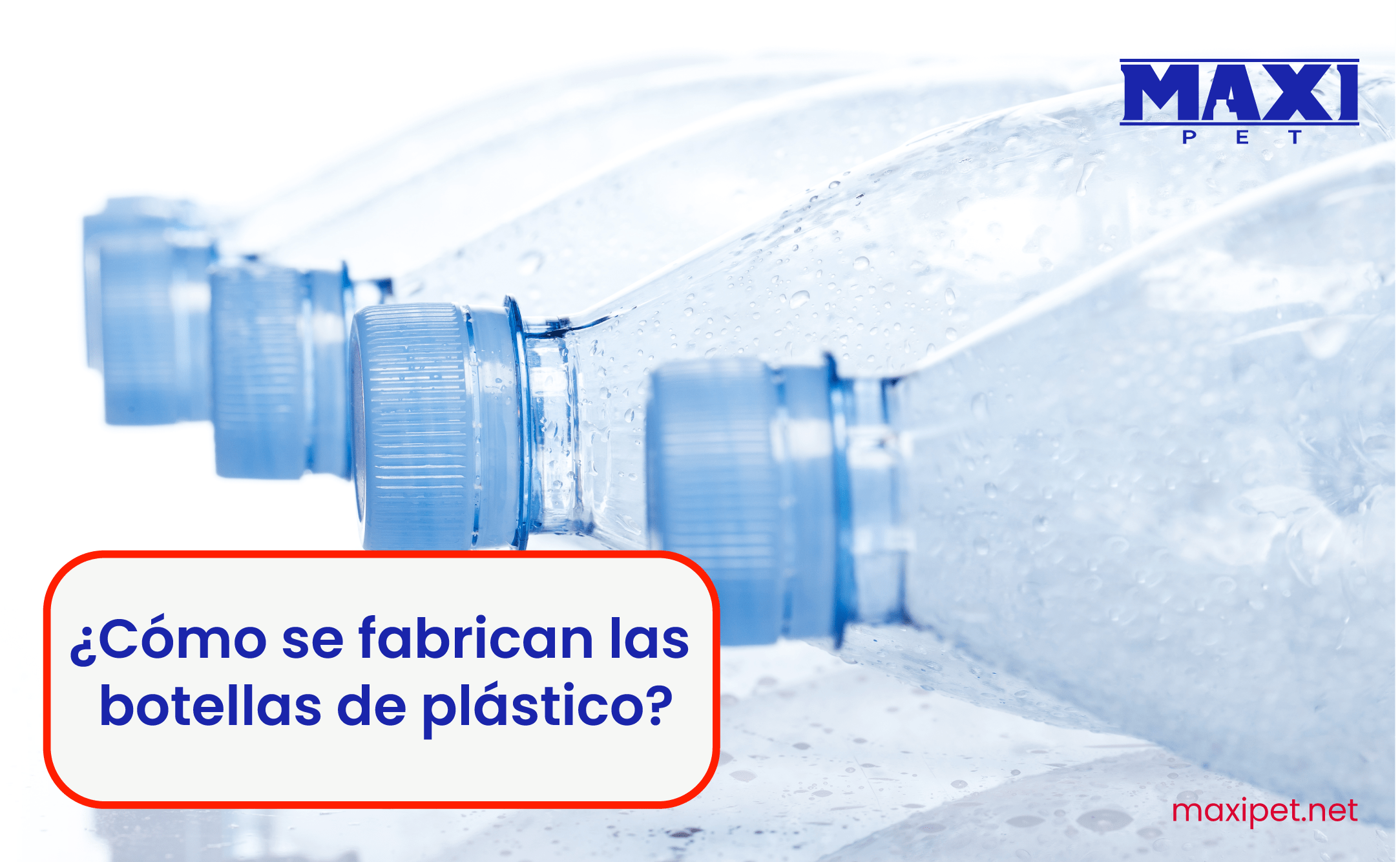How are Plastic Bottles Produced?

Thanks to their easy adaptability, great resistance, and lightness, plastic bottles are commonly used to transport all kinds of products in different sectors. Plastic is a very versatile material that can help reduce costs and simplifies innovative development for any industry. Therefore, for companies to position themselves in the market, they must find a container that meets the necessary standards to transport and personalize their product.
Choosing a plastic bottle that suits the needs of your product and your consumer, it is imperative to get involved in the manufacturing process to certify its quality. We explain everything you need to know about the production process to choose your best option.
Choose the ideal material for your product
One of the most used materials to make plastic bottles is PET (polyethylene terephthalate). This material is characterized by being transparent, light, and flexible. PET is a polymer that can be processed in different ways to adapt it to a large number of uses. HDPE (high-density polyethylene) is a plastic that is resistant to impacts and different temperatures and offers different industries the ease of printing, painting, and gluing on it.
Plastic bottles can be made using four different techniques:
- Injection molding: This process consists of materials such as synthetic resins being subjected to very high temperatures and melted to inject the plastic into a mold and create the desired shape. With this technique, containers can be manufactured continuously and quickly.
- Injection-blow: it is used for the manufacture of large quantities of hollow plastic parts. In this process, the polymer is injected into an initial preform. Subsequently, the preform is placed in a blow molding station to be inflated and finally cooled.
- Extrusion: This process is used to melt and mold the plastic at a constant flow of pressure and force, to obtain the desired shape of the container.
- Extrusion-blow: Polymers are melted and extruded into a hollow tube, known as a parison. It is then sealed in a cold metal mold, where the air is blown to form the part.
Where to buy plastic bottles?
At Maxipet our priority at all times is to maintain a high-quality standard in each of our containers. Thanks to our innovative machinery and constantly updated staff, we offer the best bottles and caps for your product. To achieve it, we have the ISO 9001:2015 certification to reduce risks within our processes and improve the customer experience.
If you are interested in acquiring resistant and 100% recyclable plastic containers, do not hesitate to contact us.



